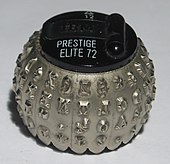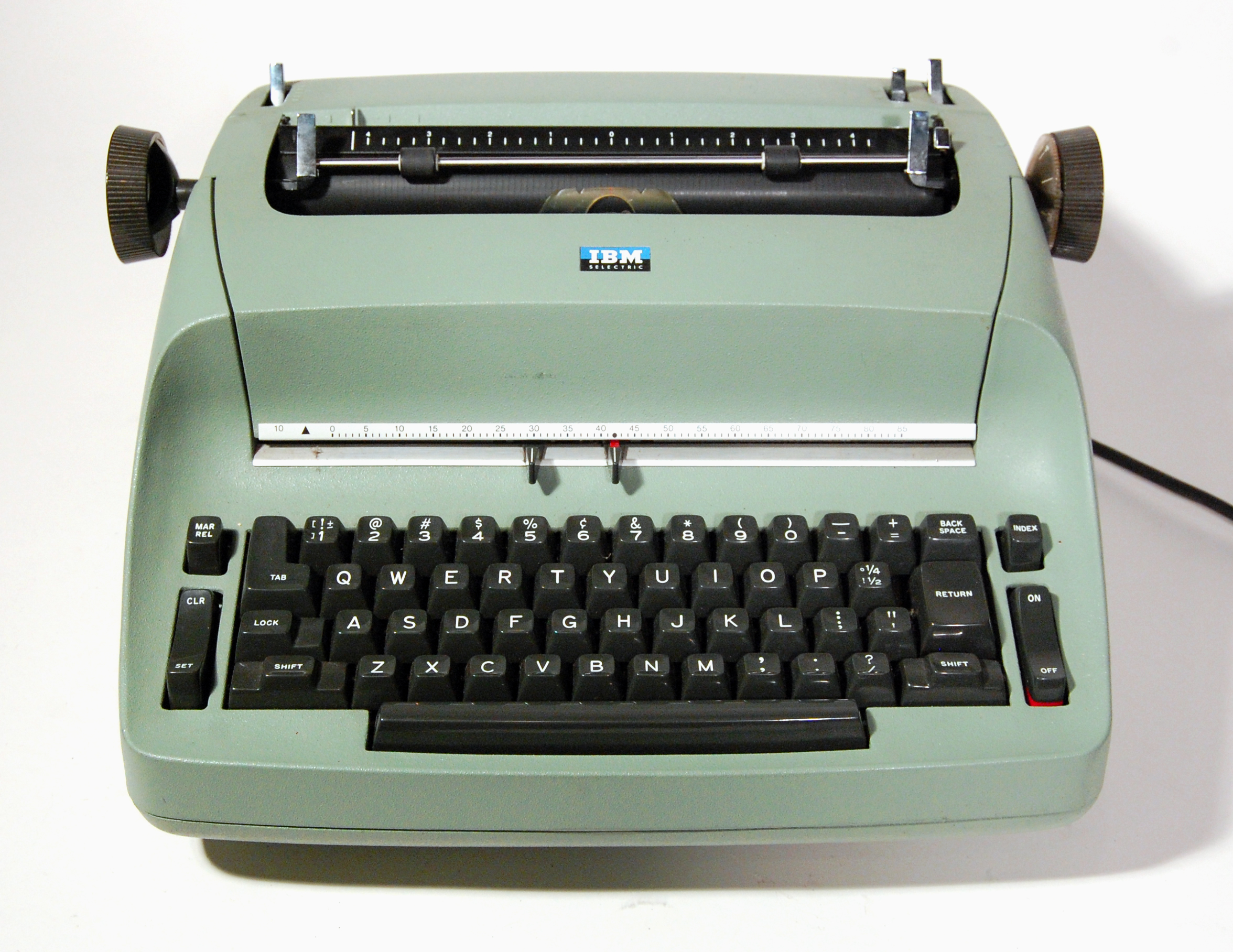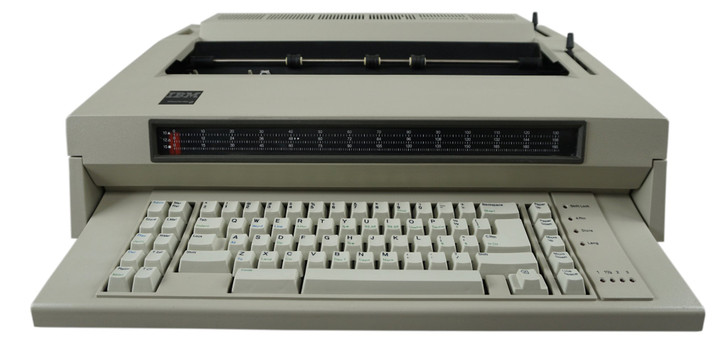Journey Through Typewriter Evolution: From Inception to Modern Designs
Posted by Brandon Leip on Oct 13, 2022
The Evolutionary Tale of Typewriters: A Blend of Design, Functionality, and Innovation
The typewriter as we see it today has gone through a lot of transformation before getting to where it is now.
The first documented version of a typewriter was in 1575 when an Italian printmaker named Francesco Rampazetto created the scrittura tattile, which was a machine made to impress letters into the paper.
In 1801 and 1808 an Italian named Pellegrino Turri invented a typewriter used to help his blind friend, Countess Carolina Fantoni da Fivizzano, have the ability to write.
In 1829, an American by the name of William Austin Burt patented a machine that he called a “Typographer”, this was considered to be one of the first typewriters to have existed.
Jumping to 1864, a carpenter named Peter Mitterhofer from Austria developed several different types of typewriter prototypes.
(Above is one of Mitterhofer’s prototypes)
In 1865, a pastor, Rev. Rasmus Malling-Hansen, who lived in Denmark invented the Hanson Writing Ball. This was the first commercially produced typewriter product. By 1878 he made the refinements to create the machine by which it is primarily known. The Hansen Ball was a combination of unusual design and ergonomic innovations: its distinctive feature was an arrangement of 52 keys on a large brass hemisphere, causing the machine to resemble an oversized pincushion. They were a huge hit in Europe and were a staple in European offices into the early 1900s.
(Above is the Hansen Writing Ball)
The real breakthrough was in 1868 when Americans Christopher Latham Sholes, Frank Haven Hall, Carlos Glidden, and Samuel W. Soule from Milwaukee, Wisconsin patented the first commercially successful typewriter. They created the Sholes and Glidden Typewriter, which was actually produced by E. Remington and Sons. They invented the version of the typewriter that most resemble the typewriters we have today. Their machines also had a QWERTY keyboard which was the first of its kind and with the commercial success of their typewriters, QWERTY ended up being adopted as the standard for the keyboard.
(Above is the Sholes Typewriter)
In 1897, the “Underwood 1 Typewriter” was developed and was the first typewriter with a typing area that was fully visible to the typist. This design was created by Franz X. Wagner in the US in 1892 but in 1895 it was taken over by John T. Underwood hence the typewriter name.
(Above is the Underwood 1 Typewriter)
The Underwood 1 Typewriter set the standard design for typewriters going forward. Starting in the 1900s there was a standardization of typewriter designs. For the most part, typewriters had the same setup with only minor variations depending on the exact use of the machine.
It wasn’t until 1914 that James Fields Smathers invented the first practical use, power-operated typewriters.
In 1925, Remington came out with its first electric typewriter based on Smathers's design and used a Northeast motor to power the typing function.
(Above is what a Remington Electric Typewriter looked like)
In 1935, IBM came out with their electric typewriter and from then on, they took hold of the electric typewriter market.
(Above is the IBM Electromatic Model 01)
IBM had another revolutionary breakthrough in 1961, with the invention of their IBM Selectric Typewriter which featured a spherical typeball rather than the traditional typebars. The best part about the typeball is that it eliminated "jams" when more than one key was struck at once and the typebars became entangled. This new Selectric Typewriter lit the flame that IBM used to dominate the electric typewriter market for the next two decades. All business professionals were using IBM Selectrics.
(Above is the IBM Typeball)
(Above is the IBM Selectric Typewriter)
One other style of typewriter that we carry is the IBM Wheelwriter. In 1984, IBM revolutionized the typewriter industry with the announcement of the IBM Wheelwriter. An upgrade over the ever-populator IBM Selectric, the IBM Wheelwriter combines powerful functionality with desirable features to solve many challenges previous typewriter models presented. Equipped with ahead-of-its-time features such as reprint and spell-check, the IBM Wheelwriter is still used in many homes and offices.
(Above is the IBM Lexmark Wheelwriter 6 Series II Electric Typewriter)
That about leads us to the modern age of typewriting. The typewriters we have today are just variations of previous typewriters, they are just either new or refurbished typewriters. We carry new and refurbished typewriters here on our website as well as all of the supplies you would need to keep your typewriter functional.

|

|
|
|
(Above is a Royal Classic Typewriter) |
(Above is a Royal Scriptor II Typewriter) |
Thank you for taking this little journey through typewriter history with me and I hope that you found some of this information interesting. The creation of the typewriter is an exciting story, and it took a long time of trial and error to find the right design for the typewriter to become an efficient component of everyday life.
Click here to browse our selection of typewriters and see what we have to offer. We have a large selection of new and reconditioned typewriters, and we even have replacement parts for IBM typewriters. We also carry supplies for all the typewriters that we have on our website.
If you have any questions about typewriters, please feel free to contact us at (404) 377-1884.




